“My biggest skill is knowing that if I can’t do it, then I shouldn’t do it”: Paul Gilbert
Paul Gibert also talks about his new Fireman guitar, top-secret signature pedals and quirky song titles based on true stories.
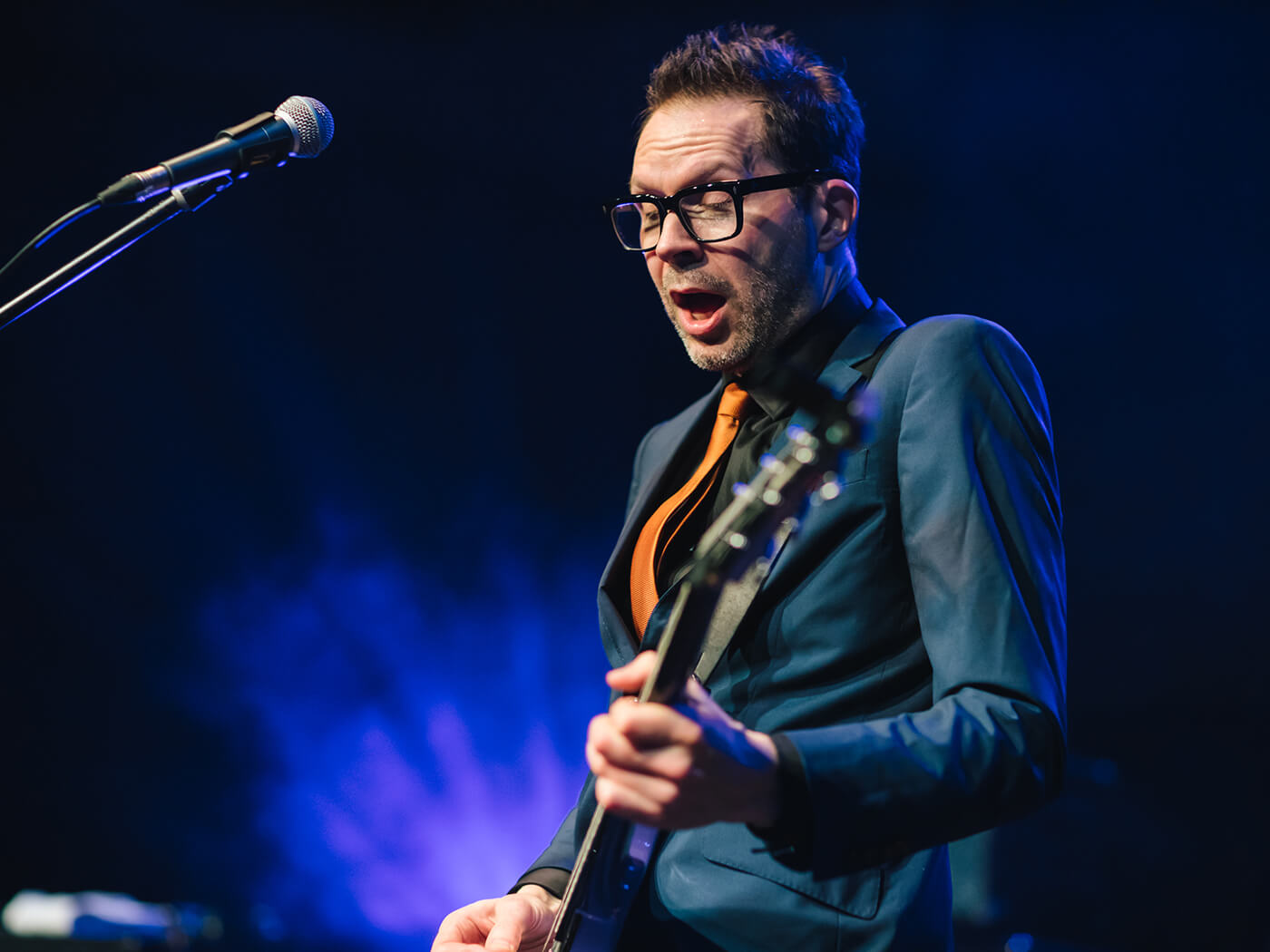
Image: Inokii
Not many can say they survived the cacophony that was the 80s rock scene, at least not in the way Paul Gilbert has. Amidst the crowd of poodle-haired wannabes playing the same old tired licks, Gilbert stood out thanks to his dizzying displays of high-level techniques melded with impressive musicality.
Gilbert’s 2019 album, Behold Electric Guitar, remains true to the virtuoso’s iconic style, but trades a little bit of the face-melting speed of Gilbert’s Racer X days for more melodic sensibilities.
One of the record’s standout features of the album is Gilbert’s slide playing – a first for the guitarist and something that took him years to get comfortable with. It’s a welcome change, though, and leaves us wondering what this guitar icon can’t do. He’s quick to assure us, however, that it’s because one of his main strengths is recognising his limitations. Chatting with Guitar.com recently, the virtuoso talks the importance of self-awareness, exploring new techniques, and of course, his unwavering love for gear.
Do you mind telling us about what Behold Electric Guitar is about, conceptually?
I would say it’s an album where I started to sing with my guitar. I did that a little bit on Stone Pushing Uphill Man (2014), because that was an album where I tried to play the vocal lines on the guitar. But that was mostly covers. And with Behold Electric Guitar, they’re all my own songs with all new music that I wrote. I also introduced a lot of slide playing.
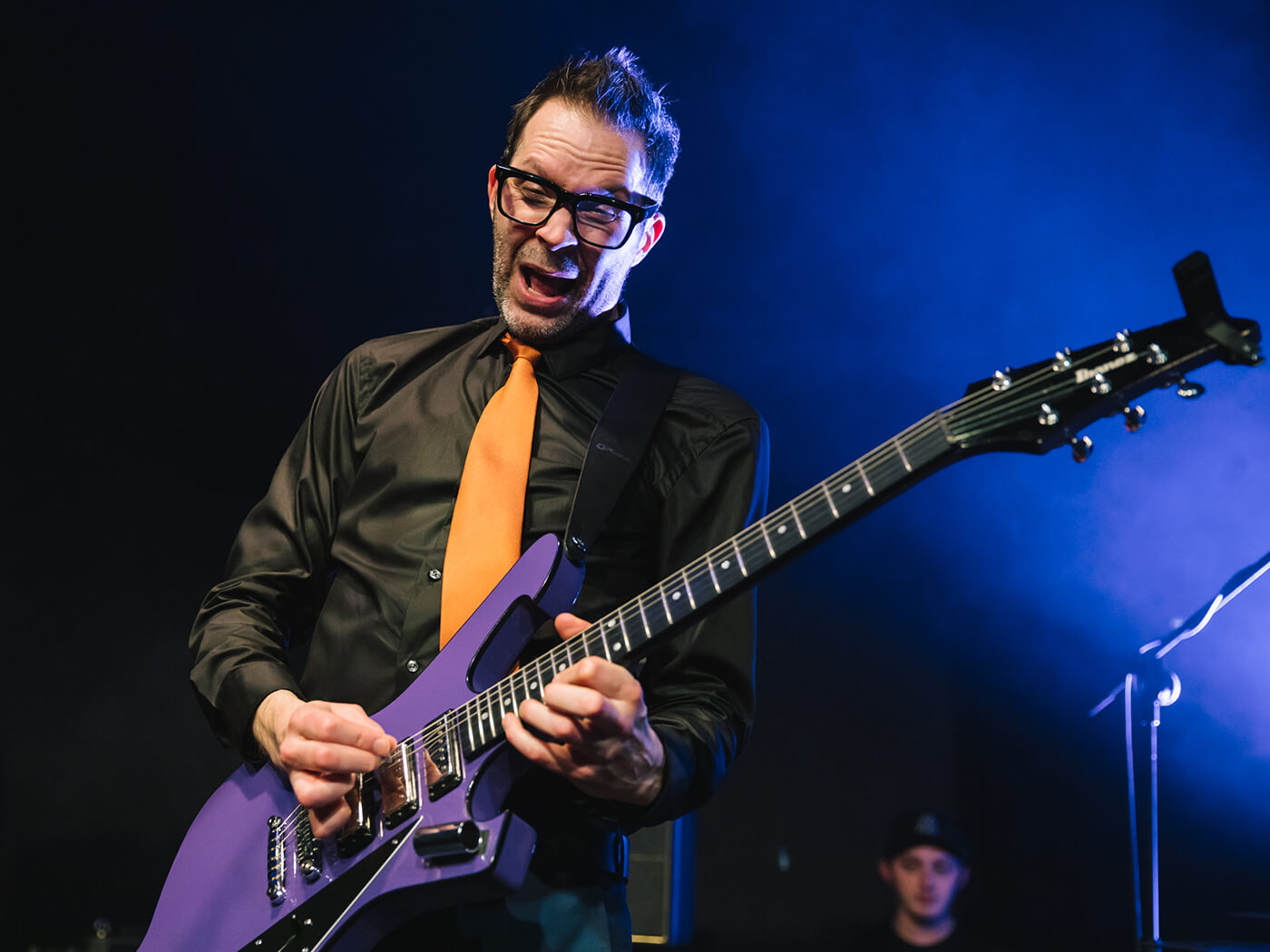
Did you face any challenges with this new approach?
Definitely! I’ve never been a slide guitar player before, so I had to learn how to do it. I’ve been working on it for a few years, and finally it’s starting to become comfortable and something I feel really good about. I love slide guitar now; it’s become kind of my second voice. And I think I noticed it when I was doing a jam session with some local musicians that I had recorded with. I was listening to it at home on the computer and all of a sudden, I was like, “Who’s that other guitar player?” I realised it was me playing slide, but it sounds so different. I think for a lot of guitar players, we like to buy a new guitar or a pedal to try to get a different voice. But man, slide guitar is radically different. It’s really different compared to my usual style of playing, but it’s a voice I really like.
You’ve got some pretty interesting song titles in your album, like Sir You Need To Calm Down and A Snake Just Bit My Toe. Are there any inside jokes at work with Behold Electric Guitar?
They’re all based on stories, actually. A Snake Just Bit My Toe was about the time I did a photo session for the album cover. And when you’re a guitar player and you do a photo session, of course you have to do the ’guitar face’. Later I was looking through the photos, just trying to think of a song title. And I thought one of the faces I was making made it look like a snake just bit my toe and I’m just going “Ah!” I thought that was funny and ended up working it into an entire song.
Behold Electric Guitar ended up being all live-takes with zero overdubs – how did this impact your approach to your craft?
The thing I realised with this album and this tour is that I rarely play a big chord anymore. Because I’ve sort of given that job to the keyboard player (Asher Fulero) – he can really fill up the space. So I’m not really the guitar player now, more like the singer, because I play the vocal line. And it’s sort of a dream come true for me because when I was a little kid, I wanted to be a singer.
I was listening to the Beatles and Elton John back then, and I wanted to be a singer. But you can’t go to the music store and go, “I’ll buy the Steve Perry, the Ronnie James Dio, the Robert Plant and the Paul McCartney.” It doesn’t work that way; I’m stuck with what I have. With a guitar though, I really feel like I’ve got control of my ‘voice’ and I can get, you know, good tone and good vibrato. I wish I would have discovered that sooner. But at least I finally discovered it.
Some of your other heroes growing up were guys like Eddie Van Halen and Jimmy Page. How did you marry the concepts of speed and musicality during your developmental years?
The best thing that I did, or had actually, was a really good sense of what sounded good and what sounded bad in my own playing. And if I tried to copy Eddie Van Halen’s fast stuff, it didn’t sound good. And even now, there are still so many things that I can’t play fast. So I think my biggest skill is knowing that if I can’t do it, then I shouldn’t do it. Don’t play stuff that sounds bad!
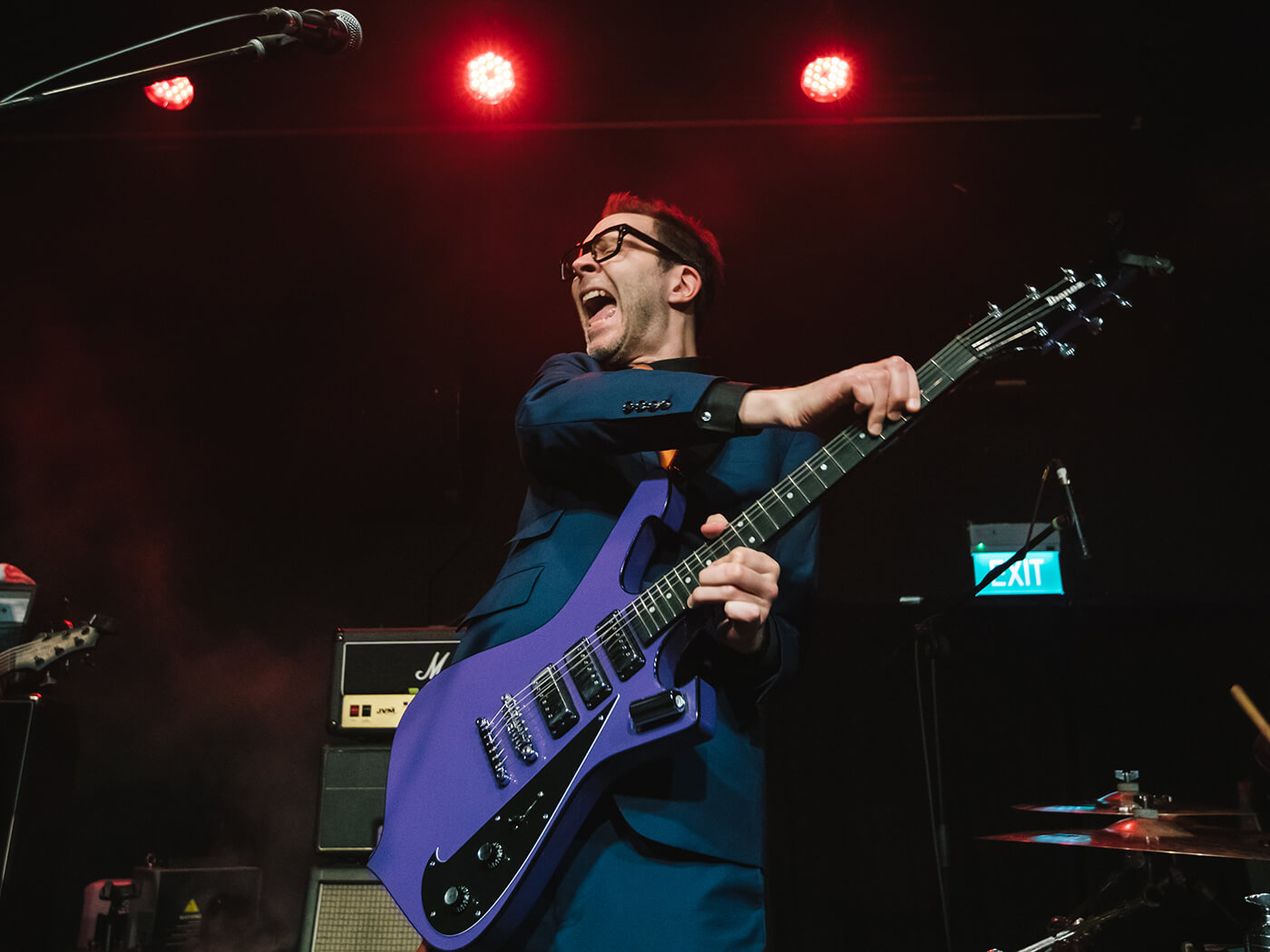
One of the things you’re known for is your innovative approaches to playing the guitar (i.e. the electric drill on Mr Big’s Lean Into It). Are these born out of necessity or is there something more cheeky involved?
That happened when Racer X had just started to become well-known. We started to get interviewed and everybody was saying the same thing: “Oh, you guys play so fast!” And I thought we had more to offer than just being fast. I thought it was kind of silly. And to me, my playing with the drill was just so silly. I was just sort of making fun of myself and making fun of the genre.
It ended up sticking though. When people hear the name ‘Paul Gilbert’, they tend to think of you with the electric drill.
Well, I realised that when I don’t bring the drill, it’s sort of like Angus Young showing up without his shorts. But sometimes I bet Angus would love to wear long pants. And sometimes I really enjoy just being a guitar player who plays music and don’t have to resort to such theatrics.
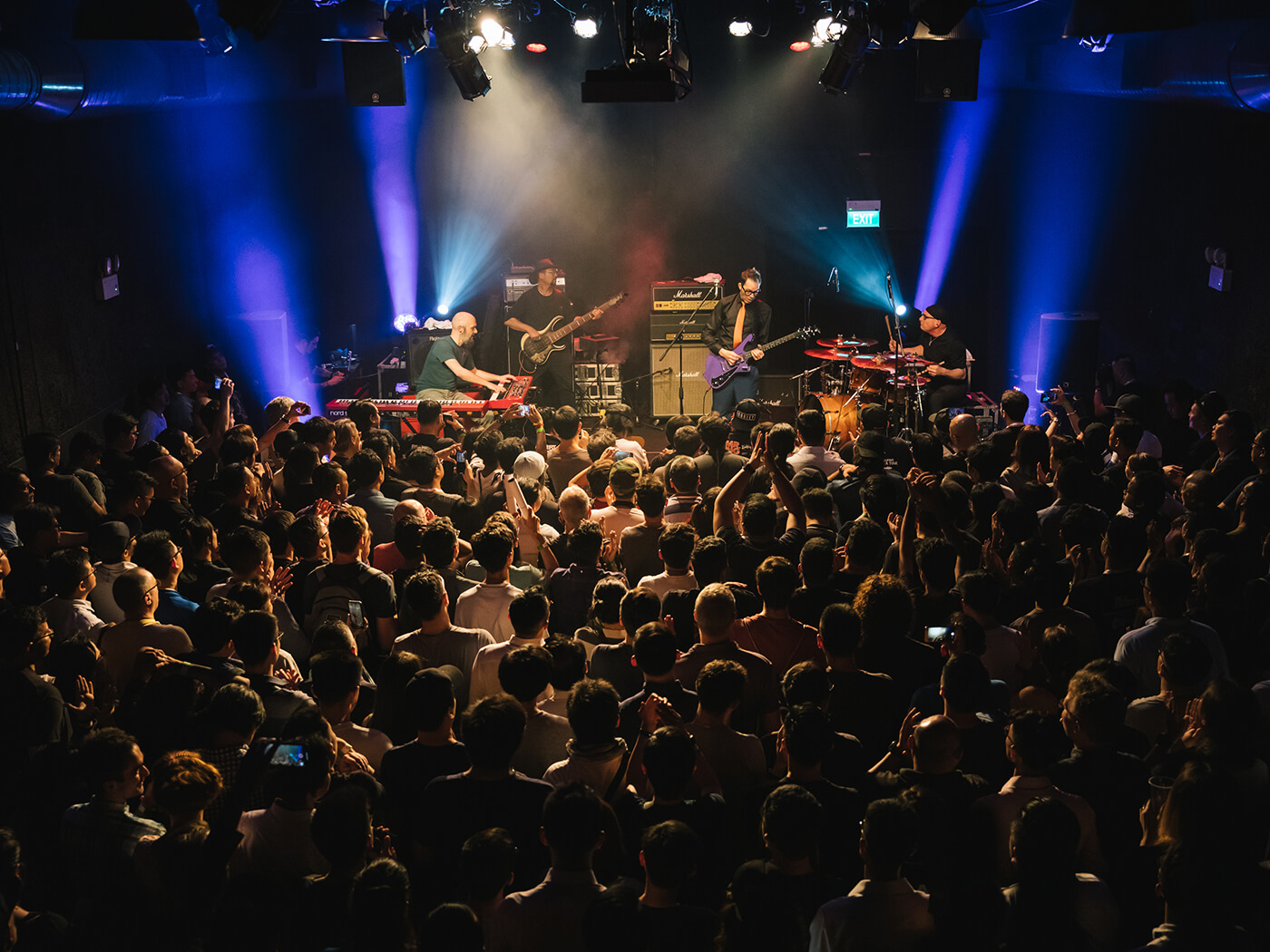
Tell us a little bit about the Ibanez Fireman that you’re holding on the Behold Electric Guitar’s cover. I heard that there’s actually a crazy story behind how the design of the Fireman came about.
I have a friend who works at Ibanez. Whenever I want to make a new guitar, I would talk to him first. I basically had him make this guitar that was in the shape of the number 2000 at one time. And so I called him up one day and he said, “Not another crazy thing! Can’t you, like, just do something with one of our existing body styles?” So I said, “Okay, I’ll call you back.” Then, I thought to myself about how I’ve always liked the design of the Iceman and how I’d just gotten Photoshop. With Photoshop, it’s easy to manipulate stuff. So I turned the guitar upside down and carved out some extra bits of wood using Photoshop.
When I sent him the picture, I thought that there was no way Ibanez was going to make it and he was just going to go, “No, try again”. But he liked it. And he’s like “Yeah we’ll make that” and they made it and then I got to thinking how I didn’t even know if it’s going to be a good guitar. But when I got it, I loved it! It felt so good and sounded great.
It’s also pretty different compared to the PGM because the PGM uses a Strat scale, so it’s longer at 25.5 inches. The Fireman uses more of a Les Paul scale, so it’s a little shorter. I’ve got really long fingers and because of that, I can actually do more big stretches. And string bending is a little bit easier to do too.
Are there any effects pedals that you currently favour?
Lots of them! I almost always have three distortion pedals. It’s almost like having an amp with channel switching, but instead I just run a really clean amp and use three distortion pedals. One of them is usually on all the time. With the other two, one just gives me a little more distortion and the other, a little change in tonal characteristics. I tend to switch things around every two weeks but at the moment I’ve got a new JHS pedal that’s on all the time. It’s actually a signature model, so keep your eye on on YouTube for that because it will be announced pretty soon.
Currently, I’ve got two pedals lined up behind the JHS one – the Xotic AC Booster and the JHS Bonsai. At the moment, I’m using the AC booster with the bass cut a bit, because if I want to do like the fast picking stuff, it’ll sharpen up the attack. But most of the time, I don’t want that since I tend to sing with my guitar. I want the high strings that have a lot of tone and more of a percussive attack to them that if I try to play fast, it might end up sounding too ‘big’. So I’ll turn on the Bonsai and that’s that’s a little more pronounced with the bass frequencies and it makes the tone a little bit bigger. And then if I want to shred, I’ll turn the AC booster back on.

I know your fans would be interested to know more about that signature JHS pedal. Is there anything else you can share with us?
It’s all kind of secret at the moment. It’s sort of a combination of a pair of JHS pedals that I really like. When Joshua [Heath Scott of JHS Pedals] put them together, it kind of created something new. It’s very tube-y, in that it reminds me of a tube amp even though there are no tubes in it, but it has a lot of nice tube-y characteristics to it.
It’s pretty radical, too. To me, something like a Tube Screamer creates a more relatively subtle change. The new JHS one is really powerful. Depending on how you set it, it’ll even be really different from itself. It really goes a long way in a lot of different directions, but still a very powerful pedal.
Is there one piece of gear out there you’d give anything to own?
It’d be cool to have like a real Leslie speaker, but I wouldn’t take it on the road because it’s too big. But really, this is what I do sometimes when I when I’m thinking about gear.
I love gear, it’s nice to have stuff you’re happy with. But if I took that same mental energy that I would have just for shopping, and put it towards learning one new melody, I’m going to sound better. Of course, I’m still going to acquire pedals because I love them so much. But if I can acquire melodies, that’s going to benefit me more than anything. So if I sit down and then learn the Robert Plant melody or a Paul McCartney melody or a Neil Sedaka melody, that’s going to really change me in the most positive way.
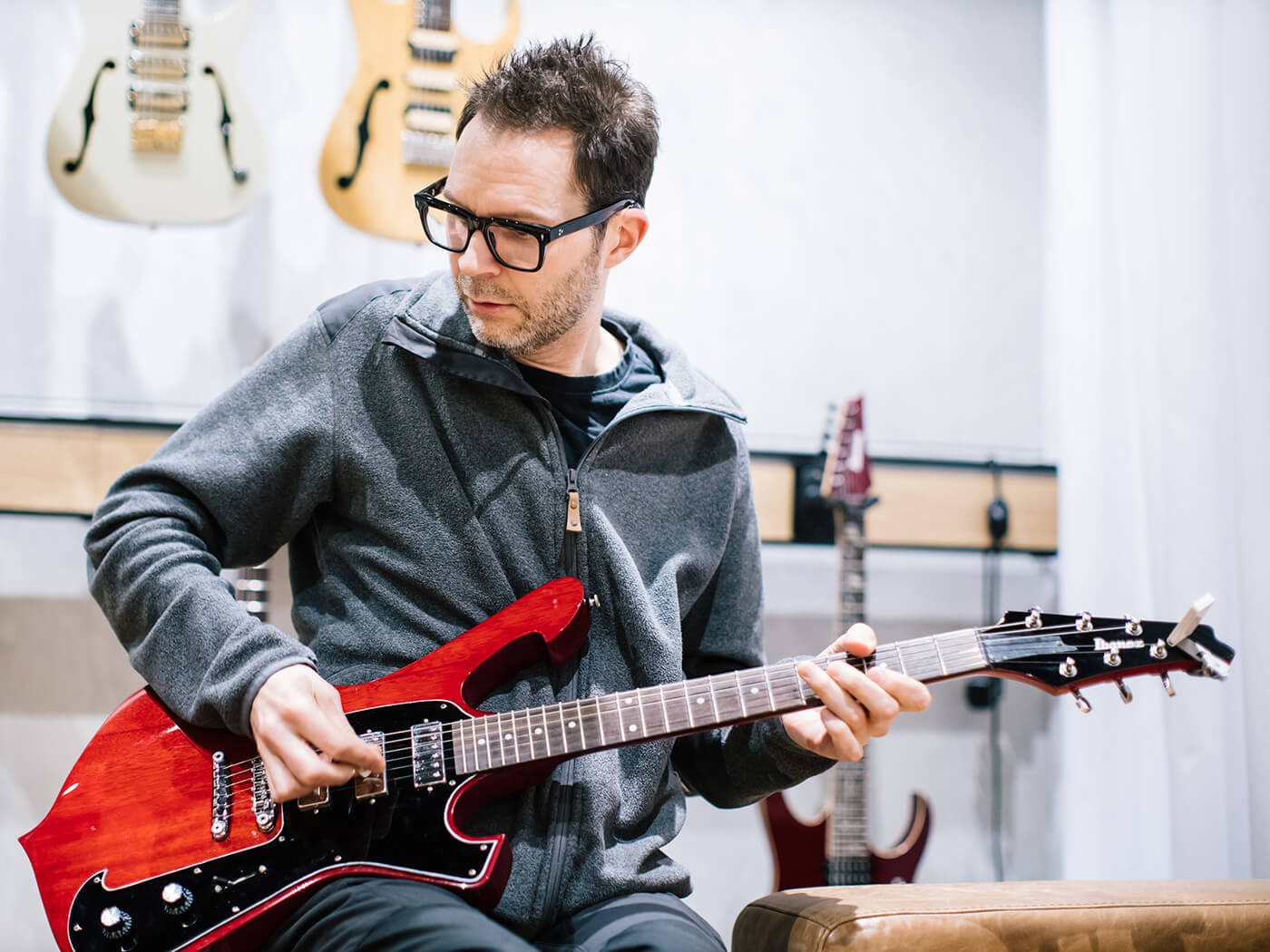
Behold Electric Guitar is out now on Music Theories Recordings.
